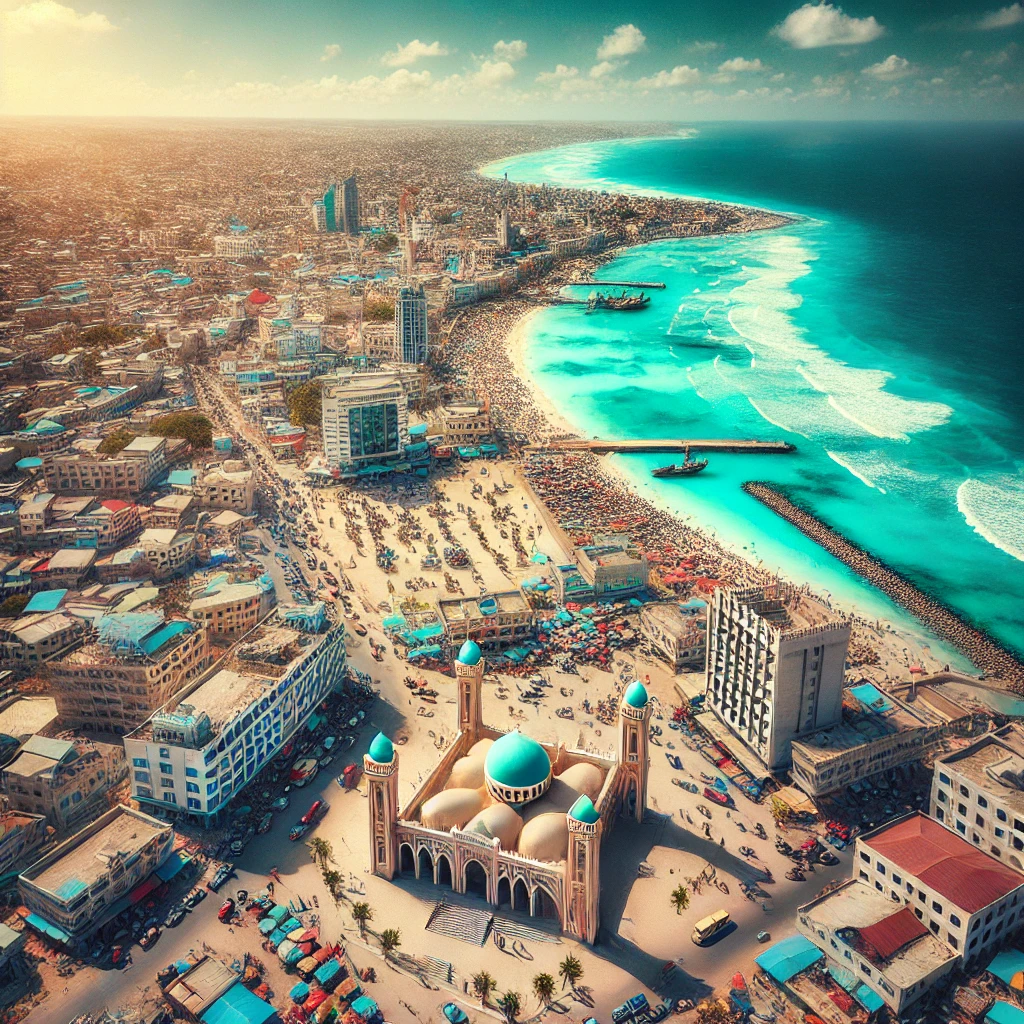A Comprehensive Overview of Somali Presidents: 1960 to Present
Introduction
Since gaining independence in 1960, Somalia has experienced significant political transformations, with its leadership reflecting the challenges and aspirations of a nation in transition. The Somali presidency, as the highest office in the land, has been a focal point of governance, leadership, and national unity. From the early days of independence to the modern era, each president has left a unique mark on Somalia’s history.
This article explores the journey of Somalia’s presidents from 1960 to the present, highlighting their contributions, challenges, and the broader political context of their leadership.
1. Aden Abdulle Osman (1960–1967)
Aden Abdulle Osman, often referred to as “Aden Adde,” became Somalia’s first president following its independence on July 1, 1960. He was a member of the Somali Youth League (SYL), which played a pivotal role in the struggle for independence.
Key Achievements:
- Oversaw the unification of British Somaliland and Italian Somaliland to form the Somali Republic.
- Focused on building the foundations of a democratic government.
- Gained respect as a leader who prioritized national unity.
Aden Adde’s presidency ended peacefully in 1967 when he accepted electoral defeat, becoming the first African leader to step down voluntarily after losing an election.
2. Abdirashid Ali Sharmarke (1967–1969)
Abdirashid Ali Sharmarke succeeded Aden Adde as Somalia’s second president. A respected diplomat and politician, Sharmarke focused on fostering national development and strengthening international ties.
Key Achievements:
- Advocated for neutrality during the Cold War while seeking support from both the East and the West.
- Initiated policies to modernize Somalia’s infrastructure.
Tragically, Sharmarke was assassinated on October 15, 1969, marking a turning point in Somalia’s political history. His death led to a military coup shortly thereafter.
3. Siad Barre (1969–1991)
Following Sharmarke’s assassination, Major General Mohamed Siad Barre led a military coup and established a socialist regime. Barre’s presidency was the longest in Somalia’s history, lasting over two decades.
Key Policies:
- Promoted “Scientific Socialism” and emphasized nationalism.
- Introduced extensive literacy campaigns that significantly improved education.
- Established the Somali script for the Somali language in 1972.
However, Barre’s regime became increasingly authoritarian, marked by human rights abuses and clan-based divisions. His rule ended in 1991 when a civil war broke out, leading to his ousting and the collapse of the central government.
4. Transitional Leadership and the Absence of a Central Government (1991–2000)
Following Siad Barre’s fall, Somalia entered a prolonged period of anarchy, with no effective central government. Various factions and warlords vied for control, leading to widespread violence and instability.
During this time, transitional structures were attempted, but no leader emerged with full control of the country. The period is often referred to as the “stateless” era in Somalia’s history.
5. Abdiqasim Salad Hassan (2000–2004)
In 2000, Abdiqasim Salad Hassan was elected president by the Transitional National Government (TNG) during peace talks in Djibouti.
Key Achievements:
- Worked to restore order and establish a functioning government.
- Attempted to bring international attention to Somalia’s plight.
His administration faced challenges in extending its authority beyond Mogadishu, with many regions remaining under the control of warlords.
6. Abdullahi Yusuf Ahmed (2004–2008)
Abdullahi Yusuf Ahmed became president under the Transitional Federal Government (TFG) formed in 2004.
Key Policies:
- Focused on countering Islamist insurgencies and restoring security.
- Relied heavily on Ethiopian military support, leading to criticism.
Despite his efforts, political infighting and insurgencies undermined his presidency, leading to his resignation in 2008.
7. Sheikh Sharif Sheikh Ahmed (2009–2012)
Sheikh Sharif Sheikh Ahmed, a former leader of the Islamic Courts Union (ICU), was elected president in 2009.
Key Achievements:
- Played a central role in drafting Somalia’s new constitution.
- Strengthened ties with the international community and secured support from the African Union Mission in Somalia (AMISOM).
Ahmed’s presidency marked significant progress in stabilizing parts of Somalia, though challenges remained.
8. Hassan Sheikh Mohamud (2012–2017)
Hassan Sheikh Mohamud, a civil society activist, was elected president in 2012, marking the beginning of Somalia’s Federal Government era.
Key Achievements:
- Focused on federalism and rebuilding state institutions.
- Advocated for political reconciliation and economic development.
- Strengthened Somalia’s ties with international partners.
Mohamud’s presidency faced criticism for corruption and slow progress but laid the groundwork for subsequent reforms.
9. Mohamed Abdullahi Mohamed “Farmaajo” (2017–2022)
Mohamed Abdullahi Mohamed, commonly known as “Farmaajo,” became president in 2017.
Key Policies:
- Prioritized anti-corruption measures and security reforms.
- Focused on reducing foreign interference in Somali affairs.
Farmaajo’s presidency was marked by political tensions, particularly over delayed elections and disputes with regional states.
10. Hassan Sheikh Mohamud (2022–Present)
Hassan Sheikh Mohamud returned to the presidency in 2022, becoming the first Somali leader to serve two non-consecutive terms.
Key Priorities:
- Addressing security challenges posed by Al-Shabaab.
- Advancing political reconciliation and federalism.
- Promoting economic recovery and social development.
Under his leadership, Somalia has sought to strengthen its institutions and enhance its role in regional and international affairs.
Conclusion
The history of Somali presidents reflects the nation’s resilience and determination to overcome challenges. From the hopeful beginnings of independence to the ongoing efforts to rebuild and stabilize the country, Somalia’s leaders have played a central role in shaping its trajectory.
While the journey has been marked by periods of conflict and uncertainty, Somalia’s progress in recent years offers hope for a brighter future. The presidency remains a symbol of the Somali people’s aspirations for unity, peace, and prosperity.



